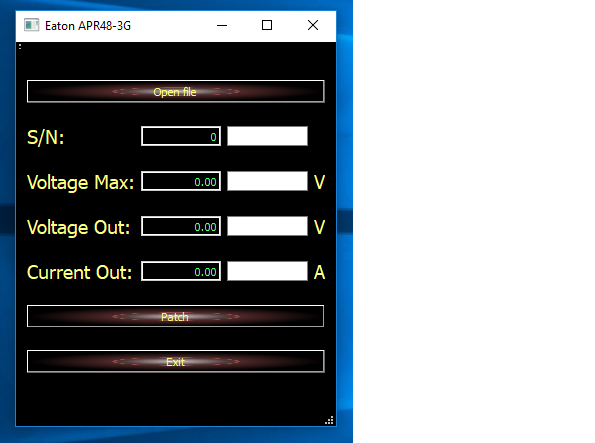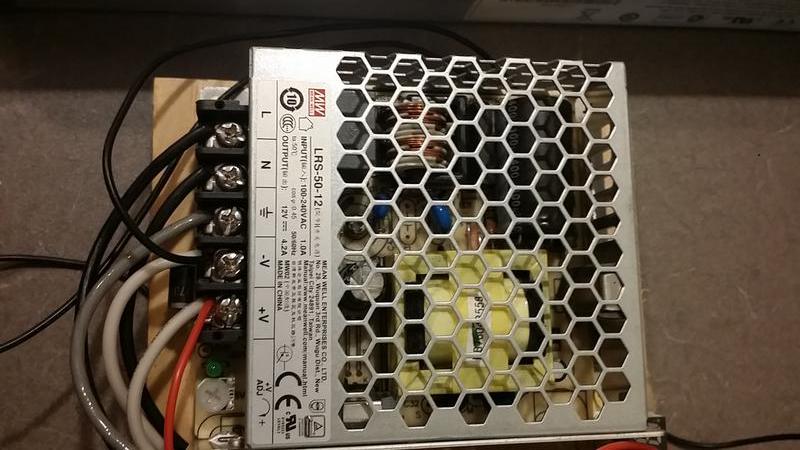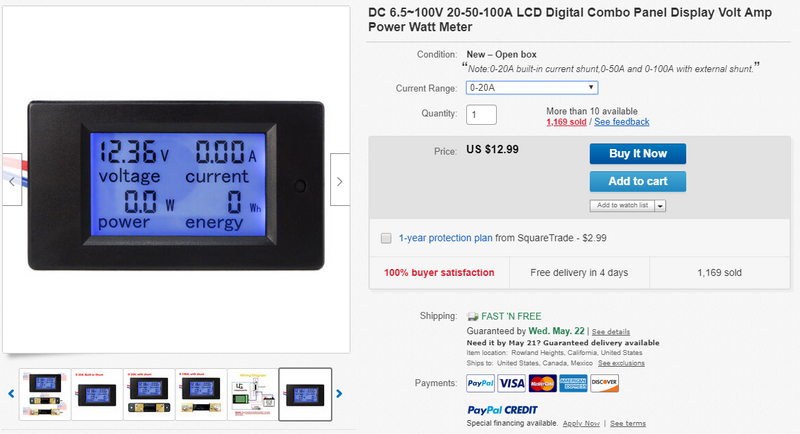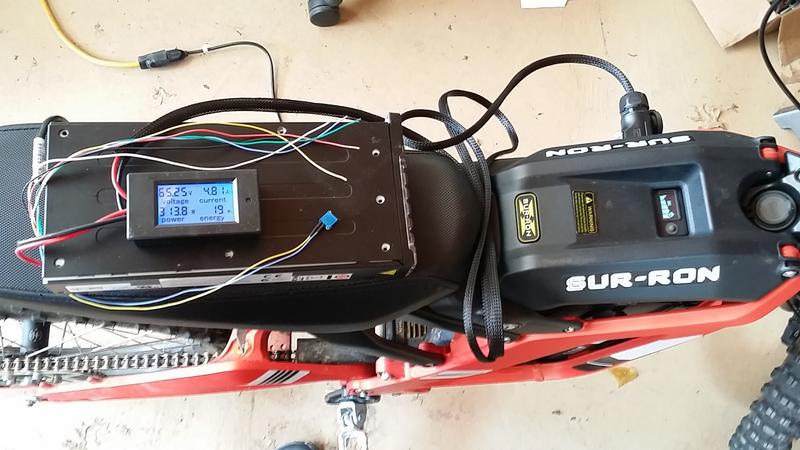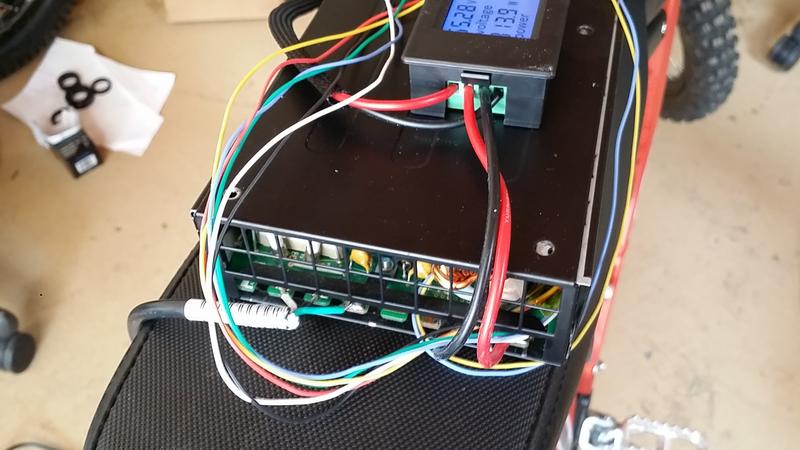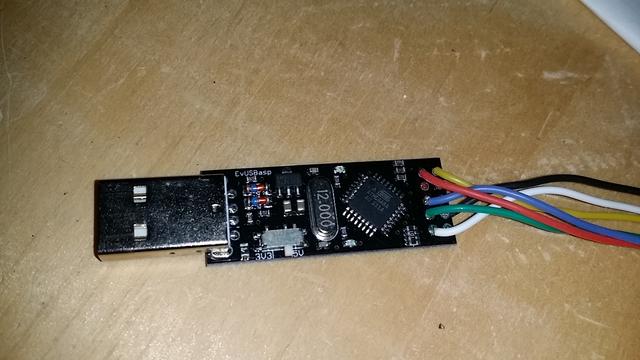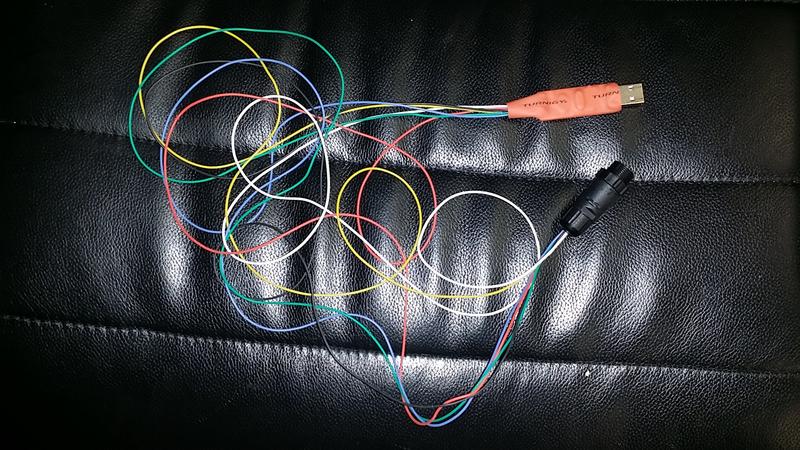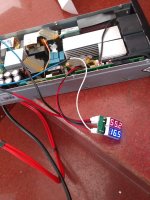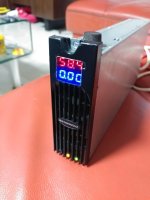Thanks, Here is what I plan on doing with my Eaton and why I wanted to program it. I needed to get this working quickly as a 2nd charger for my Sur-Ron bike.
I want to charge my Sur-Ron to 66 volts. The Eaton can not reach 66 volts so I will use a 12 volt mean well power (4 amp) supply with it in series.
I may have to make a separate post for this but when using the APR48-3G with the 4 amp power supply do I need to use any diodes when connecting them in series?
The reason I ask is because they recommend to use diodes across the + and - voltage out on the individual power supplies to stop back feeding when using multiple power supplies in series. Back feeding is when one power supply starts before another and it will back feed voltage/current into the other when using multiple power supplies in series.
The Eaton and the Mean well may both have this protection built in because they are built very well and t his may not be needed.
The other question I have is that do I need any diodes on the + or - terminals of the series connection of my power supplies. This would be necessary if I unplug power to my charger while still connected to my bike, and the bikes battery voltage back feeds into the Eaton and meanwell.
Thanks if anyone can answer any of these questions where I need diodes on using the Eaton and meanwell in series for 66 volt charger.
In the picture is the Eaton APR48-3G and a Meanwell LRS-50-12. I will use both of these in series for a 66 volt 4 amp charger. In the bottom picture of the LRS-50-12 you can actually see a diode still installed between the + and - output of the power supply as I had this used for my hybrid car battery charger.
 . No offense but it wouldn't hurt if you played with the settings a bit instead of asking advice for every little thing.
. No offense but it wouldn't hurt if you played with the settings a bit instead of asking advice for every little thing.

